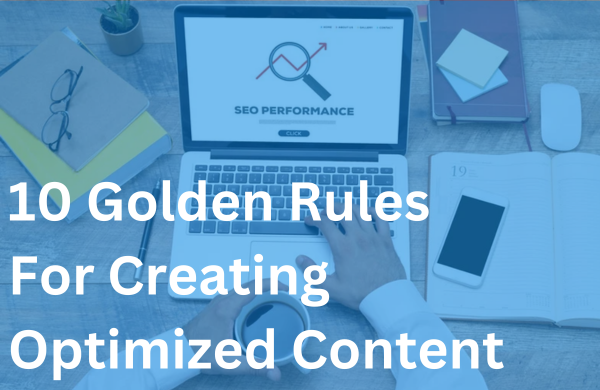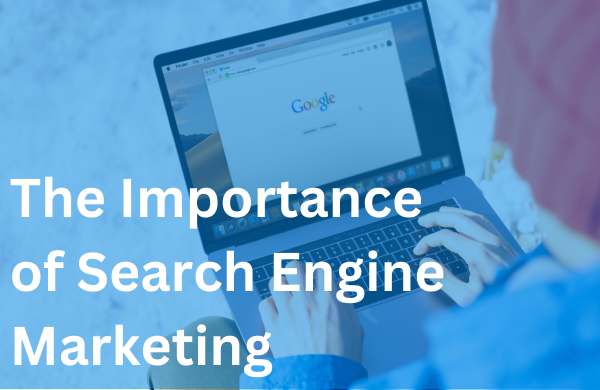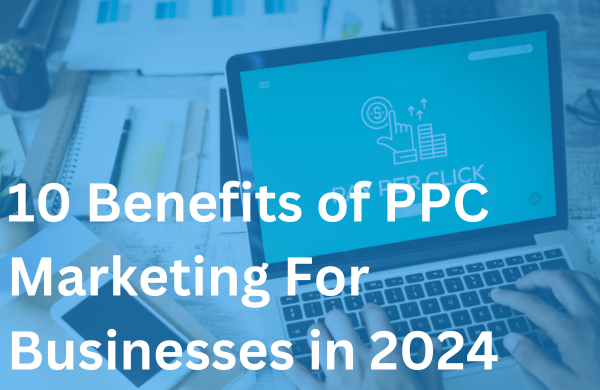When you think of SEO, what comes to mind? We’re willing to bet that you’re thinking of specific elements such as keywords, links, alt text in images, and other content-focused additions.
But if you’re not thinking of web design as an SEO element, you’d better start.
A well-designed site should include user experience optimizations, such as fast loading speeds, to help it rank highly on search engine pages. Companies that understand the relationship between web design and SEO will see the benefits.
Read on to learn the role of SEO in modern web design strategies.
Why SEO is Vital in Web Design?
SEO must be integrated into website design during the planning stages. Utilizing this approach will help you see the following benefits:
- Attract More Organic Traffic: Search engines consider characteristics like fast loading and easy navigation to determine search engine result page (SERP) rankings. If your website ranks at the top of search engine pages, you’ll attract more organic traffic.
- Boost Conversions: An SEO-optimized website makes it easy for users to find links, sign up for newsletters, and complete purchasing processes. Who doesn’t want to increase conversions?
- Increases Customer Satisfaction: A well-designed website will please consumers by elevating their user experience. Which can increase customer satisfaction, boost loyalty, and improve your brand’s reputation.
If your website wasn’t designed with SEO in mind, you can edit and make additions later on. However, starting with a blueprint that focuses on SEO will serve your website and digital marketing efforts well.
Strategies for SEO-Driven Web Design
Keyword research and integration
Keywords help search engines understand what a website page or its content is about. When a user enters a query into a search engine, the search engine shows website pages that contain content that matches the keyword.
By integrating relevant, high-volume keywords into your website copy, you can help your website rank higher in search engine results.
Mobile Optimization
In general, over 55% of website traffic is generated from mobile devices. And depending on your business’s industry, it could be even higher.
If your site is not optimized for mobile, it may not load correctly on these devices or give a poor user experience. Users will likely move on to a mobile-friendly competitor, indicating to search engines that other websites are better recommendations.
Content quality and relevance
Search engines will prioritize content that provides value to users. Content with keyword stuffing, poor grammar, and irrelevant material will drop to the bottom of search engine pages.
It’s essential to make sure your website is full of quality content and copy.
Optimizing visual elements
A visually attractive site will improve navigation and make the site more user-friendly. Utilizing elements like standout call-to-action buttons can increase engagement and conversions.
Designers should also find attractive professional-looking images to integrate into content. Adding alt-text to images will help with SEO and ADA compliance.
Internal Linking
An internal link (which is a hyperlink within your website, linking to another page within your website) helps search engines recognize content so they can better process information and match it with search queries. It will also take up the engagement rate and average visit time on your website, which are important metrics.
Page speed optimization
Search engines consider load times when ranking websites. A site that loads quickly will rank highly on search engine pages.
Metrics considered include the time it takes initial content to appear, how long it takes other elements to appear, and the speed at which the site responds to interactions.
Designers can increase site speed by optimizing website CSS, streamlining the elements that load, and deferring non-essential Jave script items. In addition to increasing website visibility, faster speed times also improve user experience.
Regular Site Audits
SEO website design is not a one-and-done solution. Needs change with evolving technologies and industries and updated algorithms. Adding new content, pages, or copy to your website can alter your SEO performance.
Regular audits are recommended to ensure your website meets the latest SEO standards.
Need an Agency that Does Website Design and SEO?
Web design and SEO go hand in hand, as websites perform better when SEO is considered in a website’s strategy. By including SEO best practices on your website, you can boost online visibility, organic traffic, and conversions.
Brillity Digital offers web design and development services that ensure visibility. We provide user-friendly designs and high-quality content combined with SEO to help your website reach the top of search engine pages – and stay there.
Contact us to learn how we can help your business soar to new heights!





